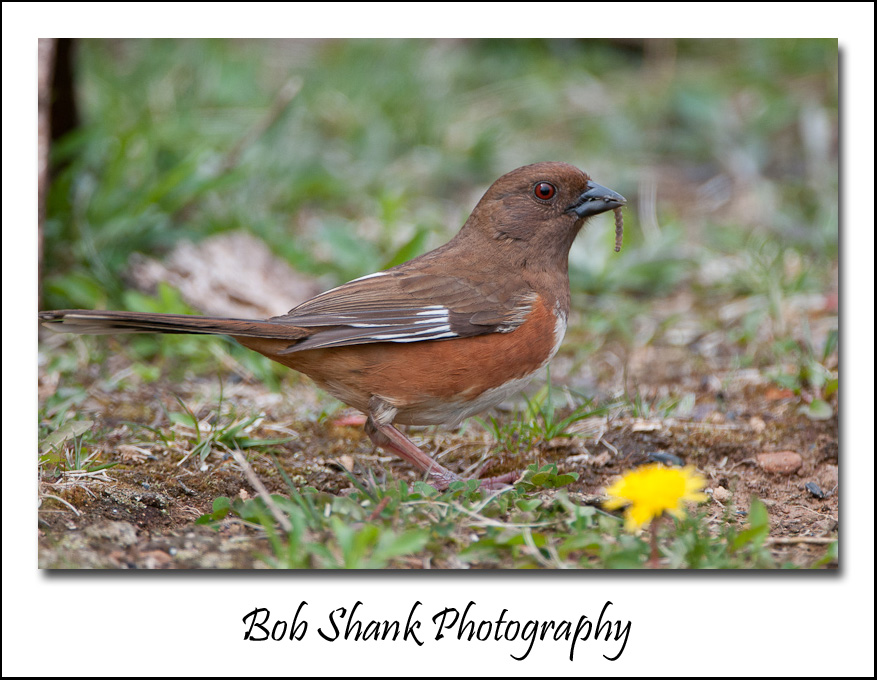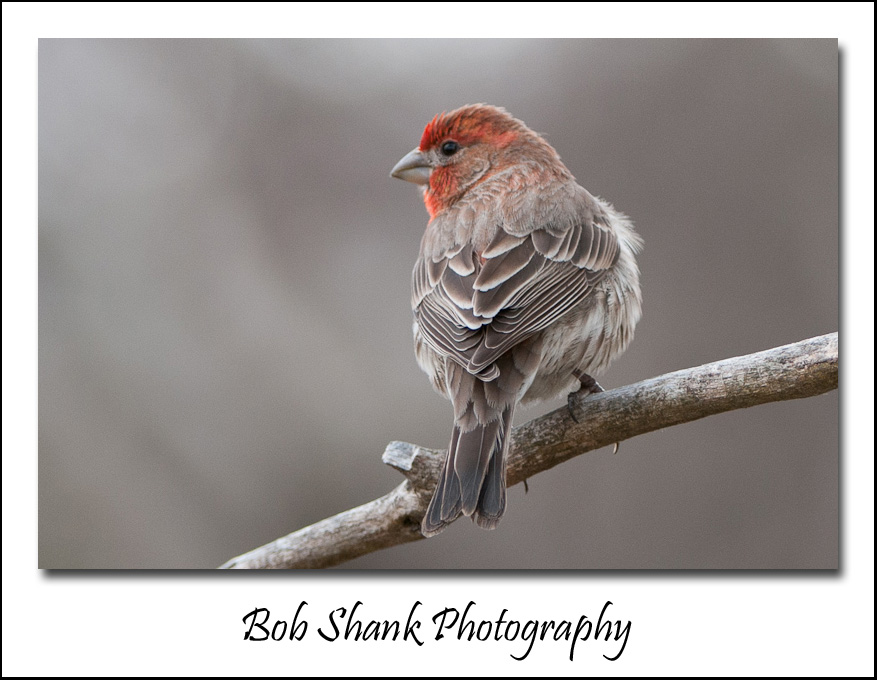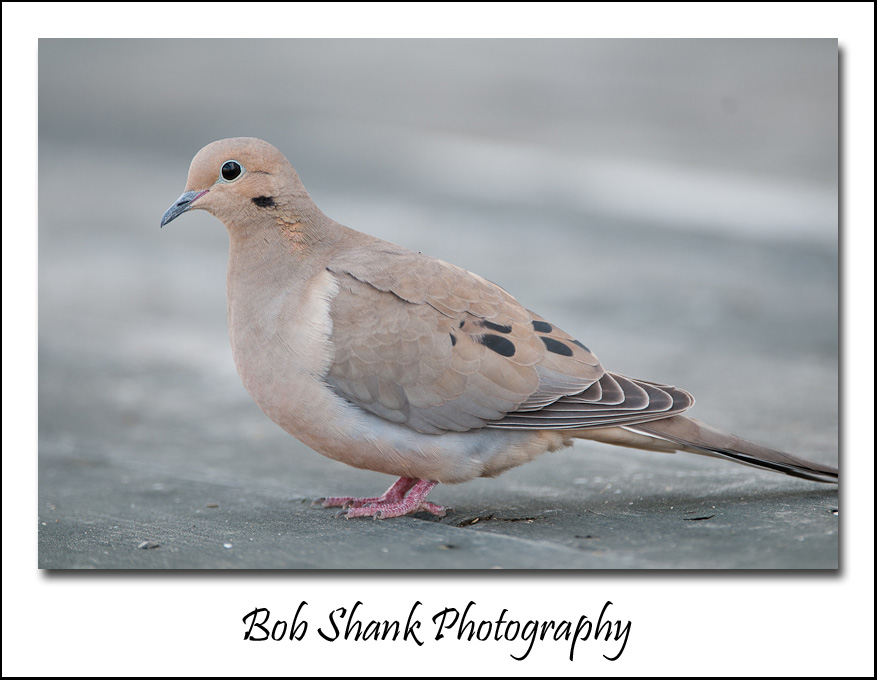This bird is found in the United States east of the Rockies and is often found frequenting backyard feeders. Some viewers of this bird complain that they are feisty and mean to other birds. Their brilliant blue color is beautiful and I actually enjoy seeing them at my feeder. Do you like this bird?
The Blue Jay is a medium-sized bird with blue as its primary color with a white belly and throat. White also appears on the back of each wing and also on the back of the tail feathers. It also features a distinctive crest on the back of its head. Blue Jays can be noisy and will try to dominate a feeder if possible. They will also compete among themselves, too.




















